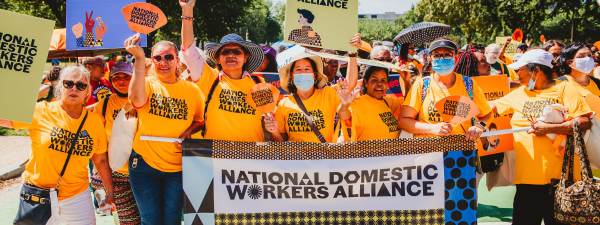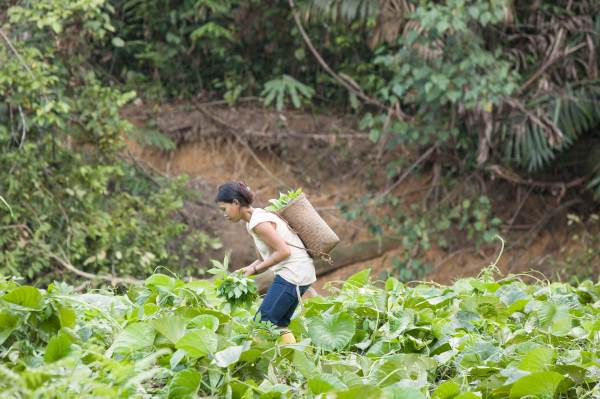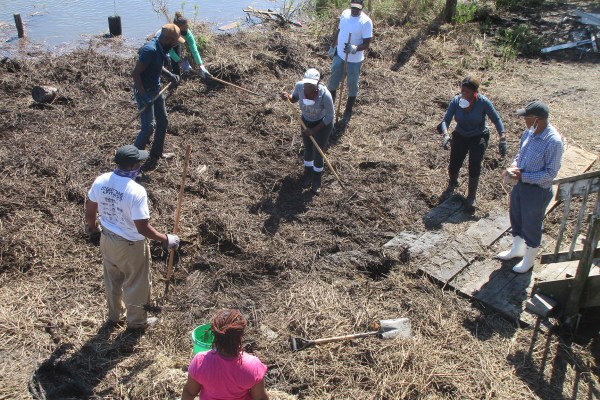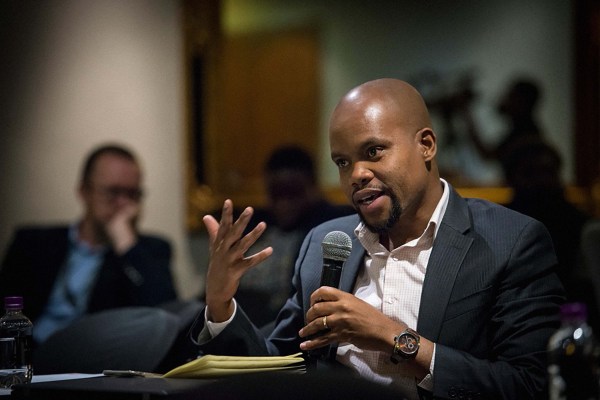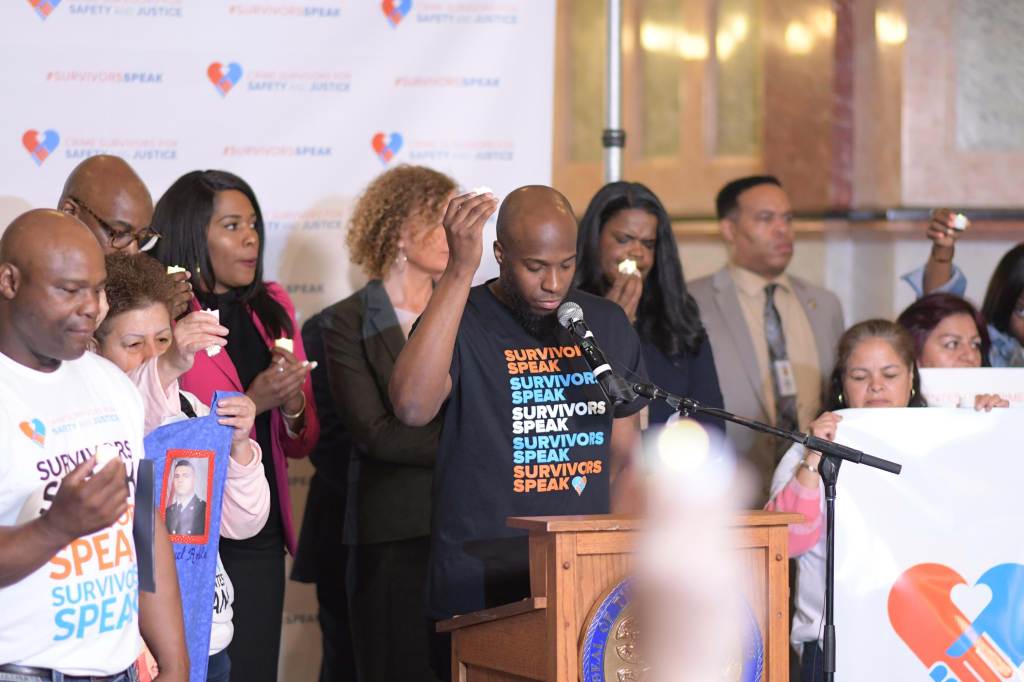
In 2012, California for Safety and Justice had just three employees working out of a small office in Oakland. Today, less than a decade later, it has expanded into the Alliance for Safety and Justice (ASJ), a national organization with 65 employees in nine states and growing. It has led or played an integral role in several state campaigns to replace over-incarceration and reform public safety and the criminal justice system, including Florida’s Amendment 4, which restored voting eligibility to 1.4 million Floridians with past convictions.
How did this organization scale its work so quickly and successfully? Beyond its commitment to transforming incarceration and public safety, it got a big boost from a Building Institutions and Network (BUILD) grant.
BUILD offers five years of flexible funding and dedicated grants for institutional strengthening so social justice organizations, like ASJ, can make big moves to expand their impact. To make ambitious plans, organizations need to be resilient to the shocks of growth. BUILD’s long-term support fosters resilience in strategy: the freedom to devise a plan, secure resources and be nimble as plans inevitably change.
When the alliance applied for a BUILD grant in 2016, expanding nationally was not much more than an idea. Here is how BUILD helped move the alliance from concept to practice and what it learned along the way, as shared by president and chief executive Lenore Anderson.
Why BUILD?
Most social justice organizations are constantly proving their worth to funders. One success means one more year of funding. What happens if they don’t back you the next year? This cycle of uncertainty makes it really hard to experiment with new strategies, make long-term plans, and expand. In 2015, when we wanted to scale the success we had in California to other states, we figured we’d have to start in one state with minimal staff and slowly expand. When we found BUILD, it was a game-changer. Big, multi-year support offered us a rare opportunity to break out of proving ourselves, think about long-term strategy, hire teams and experiment with new approaches.
A strategic leap
Our model of achieving change through policy campaigns and grassroots organizing was working in California. We knew we couldn’t be in all 50 states, but how could we strategically expand our model to reform public safety nationally? We decided to focus on the big states. California, Florida and Texas, for example, account for almost half of America’s incarceration. By expanding into large states to bring down the numbers and aim for policy wins there, then that could then ripple into small states.
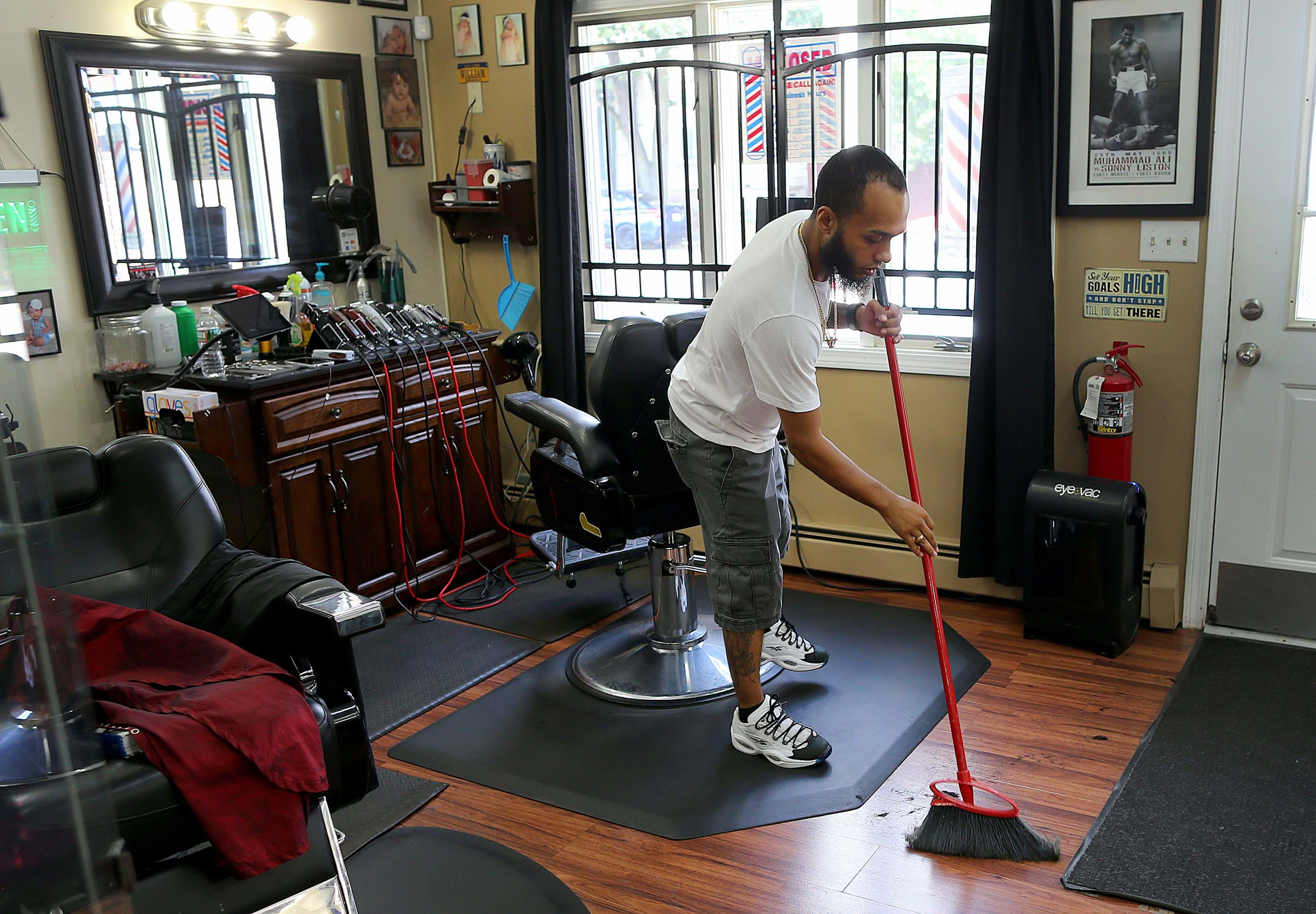
Growing pains
If you know one state, you know one state—not the other 49. Expanding to multiple states simultaneously is really complicated: learning the landscape, determining our unique value-add, building the right team. We had our hands full. We focused on large states, but social justice activists in small states asked for help with their campaigns, and we often said yes. Our desire to help everywhere was also our achilles heel—soon, we were stretched so thin so fast that we weren’t able to respond to these requests quickly enough. Relationships are everything in social justice work, and sometimes people asking for help thought we were ignoring them. The truth is, we were just drinking from a fire hydrant—we didn’t have a well to share. We had to scale back expectations and get better about being really clear: this is what our organization has the capacity to do, nothing more.
From local to national
When our staff became spread out all over the country, we ran the risk of working in silos or losing our connection to the grassroots movement that was so important to our initial success. How could we stay cohesive and efficient in a vastly different setup? We created weekly meetings where state staff talk about their state’s criminal justice issues and how they’re handling them. Even though no two states are identical, similar issues often pop up and sharing knowledge was key to the success of our expansion strategy.
We used to do our grassroots organizing through in-person meetings. When you’re building across the country and people can’t be together, how do you create a movement? We started phone banking, texting and emailing. We hosted Twitter chats, private Facebook groups and Facebook Live events. It was a whole new infrastructure for building our membership.
Accessibility Statement
- All videos produced by the Ford Foundation since 2020 include captions and downloadable transcripts. For videos where visuals require additional understanding, we offer audio-described versions.
- We are continuing to make videos produced prior to 2020 accessible.
- Videos from third-party sources (those not produced by the Ford Foundation) may not have captions, accessible transcripts, or audio descriptions.
- To improve accessibility beyond our site, we’ve created a free video accessibility WordPress plug-in.
Build broad and unlikely alliances
The people who move the needle on public safety policy are different in each state. When we started in California, for example, we saw that victims’ rights groups were a huge stakeholder around public safety policy—but many are from the “law and order” era. They oppose criminal justice reform. We knew these groups didn’t represent the majority of crime survivors, so we organized a constituency of survivors that would be more representative and interested in smart reforms. We also reached out to business, labor and other groups that have influence in the state but did not always weigh in on criminal justice issues.
This experience of organizing the right constituency and building relationships with new sectors was important when reaching other states that had unique landscapes, like Michigan, Florida and Ohio. In all of our states, we organize grassroots members—primarily survivors of crime that can speak to what victims want out of safety and justice systems. But we also look at the voices that are unique to that state for relationship-building. In Michigan, we’ve built relationships with business leaders to advance expungement legislation and give people a second chance. In Florida, we’ve worked with faith leaders to advance legislation to expand alternatives to incarceration. In Ohio, we’ve worked with conservative leaders to build strong bipartisan support for reform. It’s key to talk to people outside of just criminal justice to see where common ground can be found among influencers from different sectors. Building unlikely and broad alliances—that’s where new possibilities for reform open up.
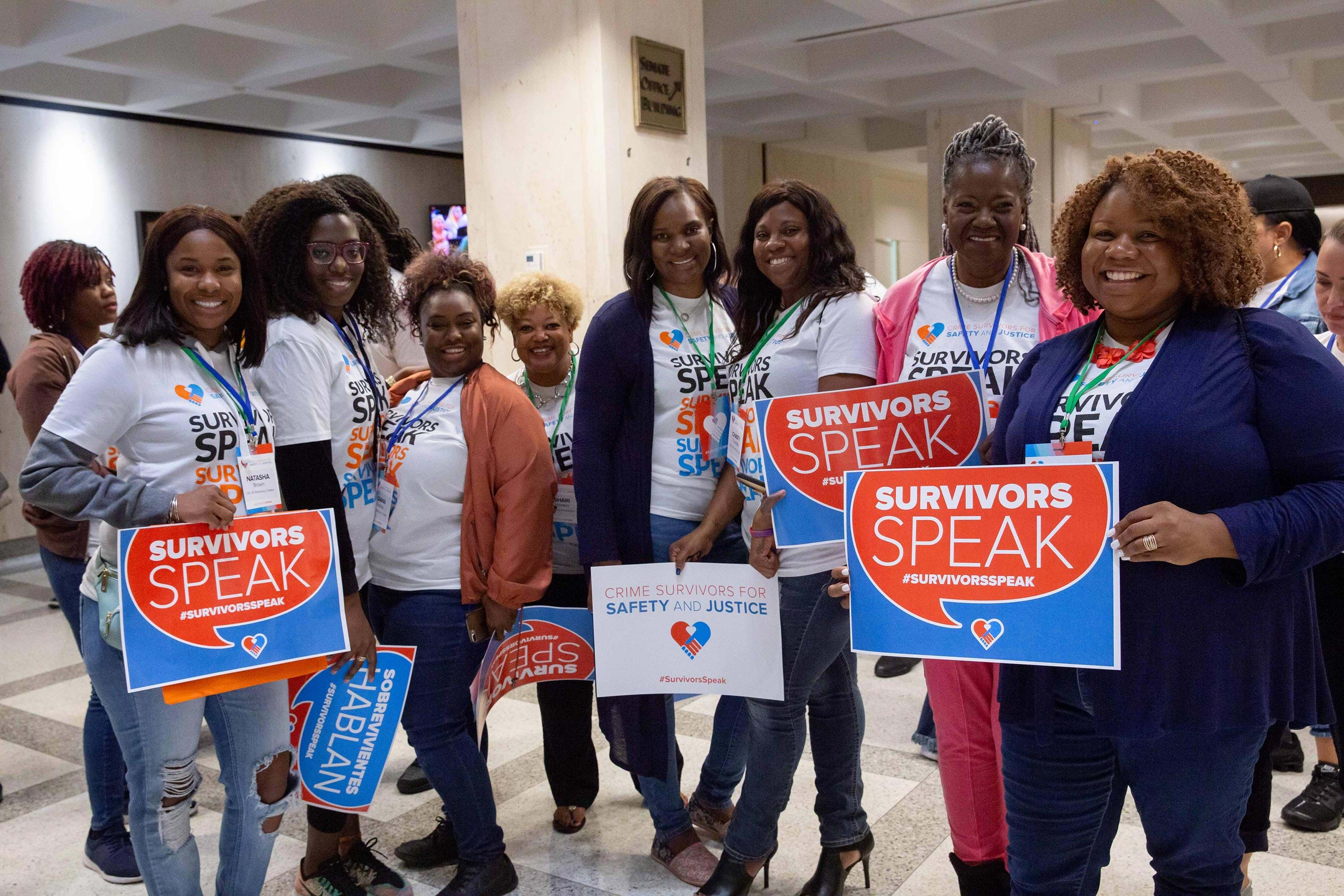
Failure can be key
Experimentation is part of scaling, and that means winning and sometimes losing. While it is never the goal, there can be value in losing. Even in campaigns that we’ve lost, we’ve learned an immense amount about the landscape in that state, and built relationships and partnerships that have helped us achieve reform down the line. But for many leaders, the fear of what happens if we lose is always there. Does our support—and our whole project—go away?
Social justice is inherently filled with risk and conflict. We’re not going to win by only launching campaigns that we’re sure will be successful. We have to be willing to engage in risk, we have to be experimental, we have to push the envelope. BUILD, with flexible funding for a long period of time, is saying, we trust you to lead. That’s what is needed to win social justice over the long term. And that’s what the thousands upon thousands of people across this country who give up so much to fight for social justice need to hear.

